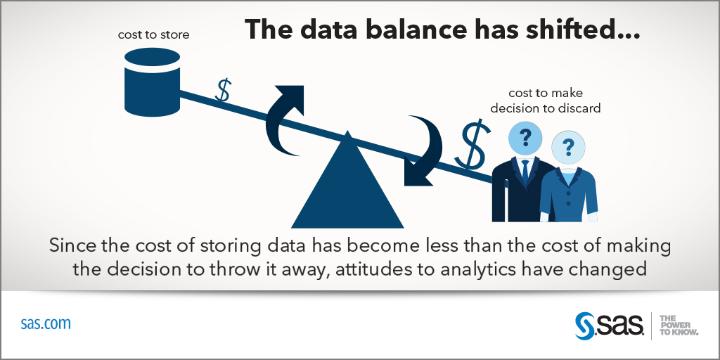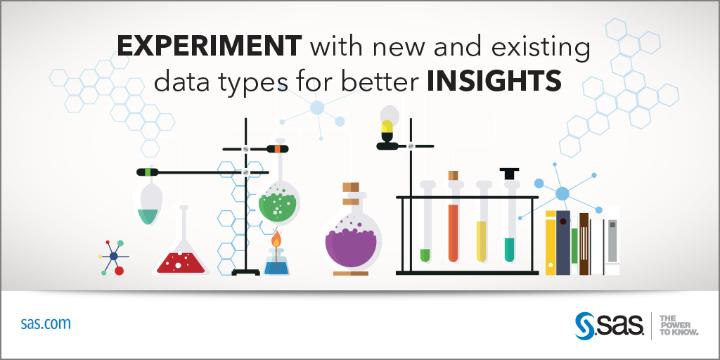We’ve all been there. You’ve knuckled down, cleaned out the garage, the attic, and that cupboard under the stairs, thrown away a ton of stuff, only to need it again the very next week. Until recently, that’s exactly what many businesses did with their data.

The data explosion has radically changed how and where we accumulate data, and the way we approach the tough decisions about what data to retain longer-term and what data is of value.
Businesses and consumers are producing data at levels never before seen. In fact, IDC estimates that enterprise data doubles every 18 months. It’s claimed that as much as 75 percent of that data is unstructured, coming from sources such as text, sensors, voice and video. This is exciting for businesses as all that data presents opportunities to unlock value.
Through data mining and visualisation, leaders can learn more about their business, better understand customers and gather insights to create efficiencies across the organisation. However, CIOs and executives have traditionally been under pressure to make critical decisions on whether data was essential, warranting the cost of storage, and deciding what could be thrown away.
What if all of that data was valuable, but you just didn’t know it yet?
These days the raw cost of data storage is much cheaper. Back in 2000 the average cost to store a Gigabyte of data was $11, today it’s just 3 cents. Combine this with groundbreaking technologies like Hadoop, and CIOs and IT managers can now afford to experiment with big data and explore new, innovative ways of working to drive new business thinking.
The data balance has shifted. Hadoop has helped accelerate this change by offering three integrated benefits to businesses of all sizes: massive data storage and faster processing at a low cost point. When you layer high-performance analytics over that, your data suddenly packs a powerful punch at a purse-friendly price!
Let’s take a minute to imagine the possibilities this presents. What would you want to learn from your pile of big data?
Perhaps you would want to bring together marketing, customer service and sales to analyse all your clickstream data. This may unveil new patterns in customer behaviour that can significantly transform your product development and sales strategy. The insights gleaned from that could be the key to optimising your website for a better customer experience to drive more visitors to the all-important check out pages.
In many ways, Hadoop is bringing the "what if" scenario we’ve just described to life for businesses large and small. What can now be offered is the chance to experiment first – to test out what new and existing data could tell you about your business. Investment and a lack of skills don’t have to be a barrier any more.
Check out this infographic to see how experimenting with big data can lead to innovation.


